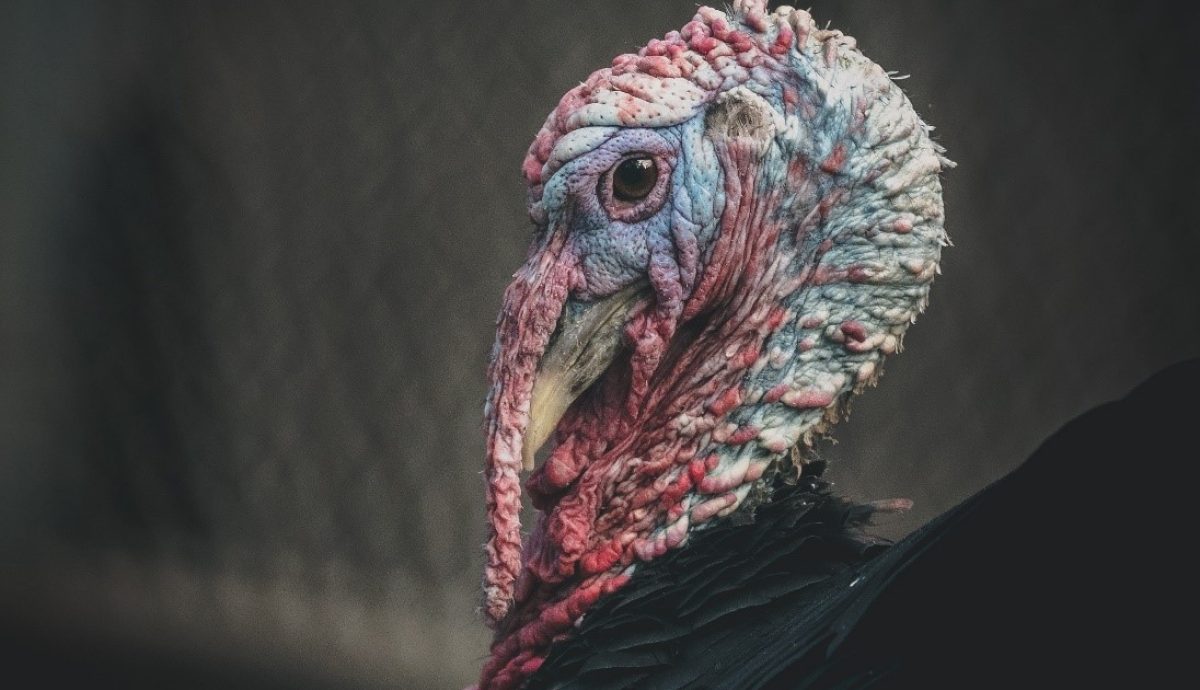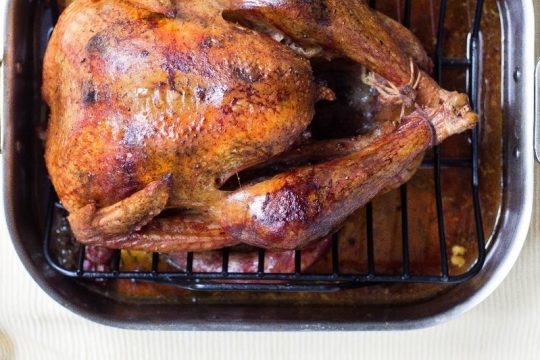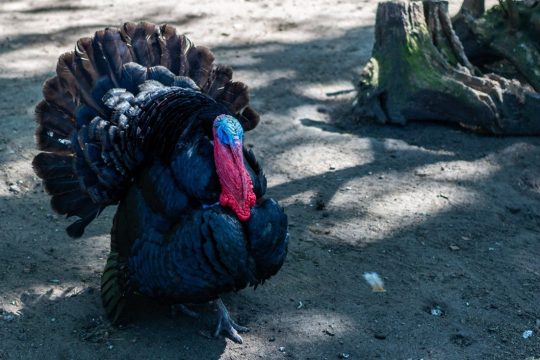Let's Talk Turkey
There 's more to the American Turkey than dark and white meat!

There’s more to the American Turkey than dark and white meat!
Did you know that the bird cookin’ in your kitchen this Thanksgiving is a descendant of the wild turkey? It was domesticated by the Aztecs nearly one thousand years ago. Upon the arrival of European settlers, America had an estimated 10 million wild turkeys found roosting in trees with the ability to fly up to 55 miles per hour. Initially being incorrectly identified as a Guinea fowl, a group of birds originating in the country Turkey, Europeans named the North American breed Turkey fowl, later shortened to Turkey.
But by the early 20th century, wild turkeys were threatened to become extinct due to overhunting and habitat destruction. Fewer than 100,000 remained!
Thankfully, by 1973 North American restoration programs had rebounded the wild turkey population to 1.5 million and today there are nearly 7 million!
Now that you are more familiar with our turkey’s origins, let’s explore what kind of turkey is likely to be found on your plate.
Production
In America, the top turkey producing states in 2017 were Minnesota, at 42 million per year, followed by North Carolina, at 32.5 million per year. * Minnesota, North Carolina, Arkansas, Missouri, Virginia and Indiana make up two-thirds of total US turkey production per year. Oh man, I’m stuffed!

*Source: USDA ERS
Turkey Facts
Male turkeys are referred to as toms or gobblers, females are hens and chicks are called poults.
Turkeys are extremely vocal. They chirp as young birds and “gobble” to attract females and establish territory. They even can yelp “keouk” and sound an alarm “putt”.

Breed types
Broad-breasted turkeys are the most commercially raised since they grow quicker and are dress out heavier than heritage breeds. The largest and most commercially raised turkey is the Broad Breasted White, while the other is the bronze/brown. Broad breasted turkeys can be over fifty pounds!
However, heritage turkey breeds have been gaining popularity since they retain historic characteristics that are no longer present in the majority of mid-20th century turkeys. They are also able to mate and fly in the same ways as their wild ancestors. Heritage turkeys are usually smaller and dress out to about thirty pounds. Different breeds include the Bourbon Red, originating in Bourbon, KY and known for its flavor, Narragansett, a staple of the North Eastern States originally from Rhode Island and White Hollands, originally bred in Holland and among the largest of the heritage breeds.

Let us know! What’s your family’s favorite breed of turkey?
Want to know how some other Thanksgiving favorites ended up on your table? Check out our Thanksgiving blog!










